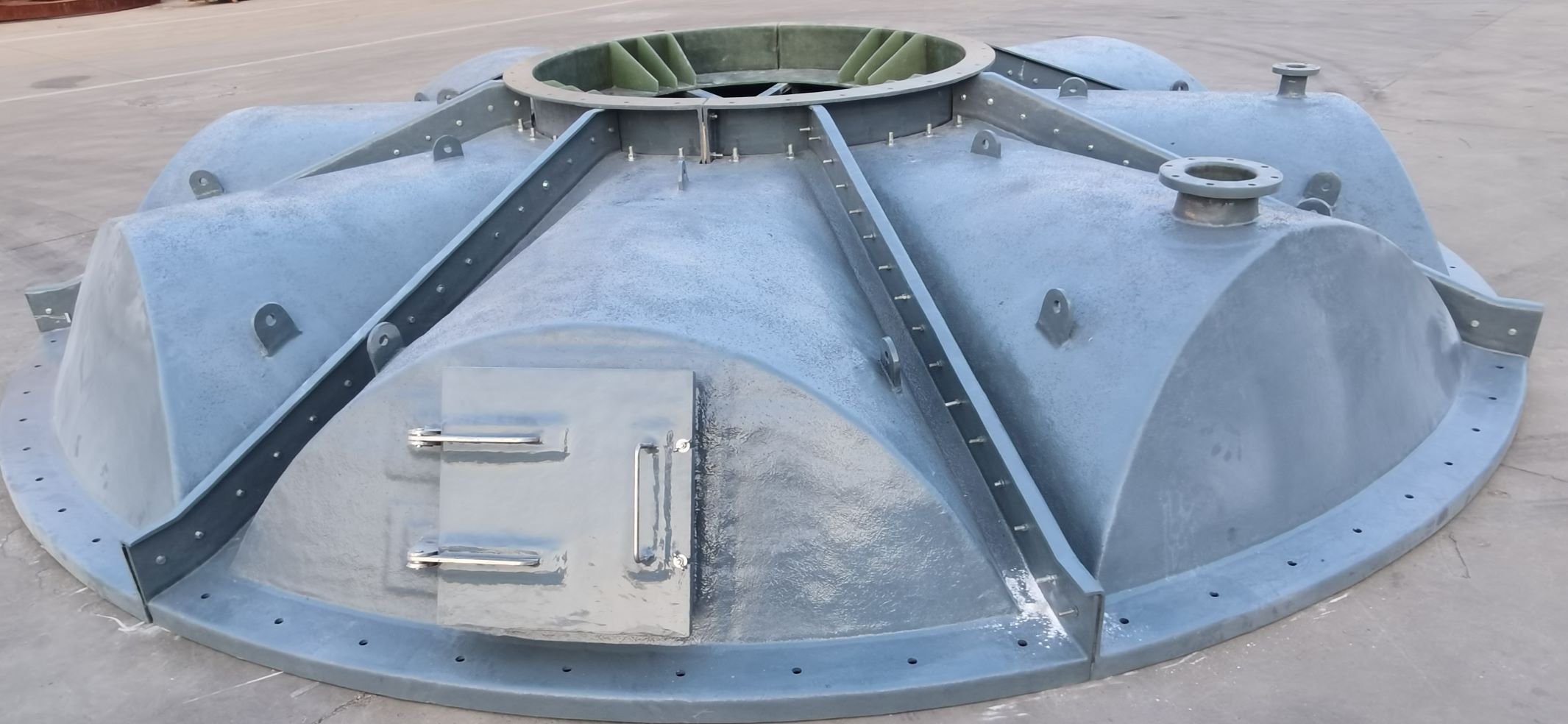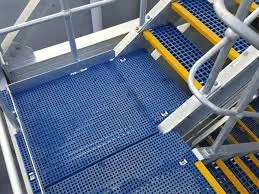
-
 Afrikaans
Afrikaans -
 Albanian
Albanian -
 Amharic
Amharic -
 Arabic
Arabic -
 Armenian
Armenian -
 Azerbaijani
Azerbaijani -
 Basque
Basque -
 Belarusian
Belarusian -
 Bengali
Bengali -
 Bosnian
Bosnian -
 Bulgarian
Bulgarian -
 Catalan
Catalan -
 Cebuano
Cebuano -
 China
China -
 China (Taiwan)
China (Taiwan) -
 Corsican
Corsican -
 Croatian
Croatian -
 Czech
Czech -
 Danish
Danish -
 Dutch
Dutch -
 English
English -
 Esperanto
Esperanto -
 Estonian
Estonian -
 Finnish
Finnish -
 French
French -
 Frisian
Frisian -
 Galician
Galician -
 Georgian
Georgian -
 German
German -
 Greek
Greek -
 Gujarati
Gujarati -
 Haitian Creole
Haitian Creole -
 hausa
hausa -
 hawaiian
hawaiian -
 Hebrew
Hebrew -
 Hindi
Hindi -
 Miao
Miao -
 Hungarian
Hungarian -
 Icelandic
Icelandic -
 igbo
igbo -
 Indonesian
Indonesian -
 irish
irish -
 Italian
Italian -
 Japanese
Japanese -
 Javanese
Javanese -
 Kannada
Kannada -
 kazakh
kazakh -
 Khmer
Khmer -
 Rwandese
Rwandese -
 Korean
Korean -
 Kurdish
Kurdish -
 Kyrgyz
Kyrgyz -
 Lao
Lao -
 Latin
Latin -
 Latvian
Latvian -
 Lithuanian
Lithuanian -
 Luxembourgish
Luxembourgish -
 Macedonian
Macedonian -
 Malgashi
Malgashi -
 Malay
Malay -
 Malayalam
Malayalam -
 Maltese
Maltese -
 Maori
Maori -
 Marathi
Marathi -
 Mongolian
Mongolian -
 Myanmar
Myanmar -
 Nepali
Nepali -
 Norwegian
Norwegian -
 Norwegian
Norwegian -
 Occitan
Occitan -
 Pashto
Pashto -
 Persian
Persian -
 Polish
Polish -
 Portuguese
Portuguese -
 Punjabi
Punjabi -
 Romanian
Romanian -
 Russian
Russian -
 Samoan
Samoan -
 Scottish Gaelic
Scottish Gaelic -
 Serbian
Serbian -
 Sesotho
Sesotho -
 Shona
Shona -
 Sindhi
Sindhi -
 Sinhala
Sinhala -
 Slovak
Slovak -
 Slovenian
Slovenian -
 Somali
Somali -
 Spanish
Spanish -
 Sundanese
Sundanese -
 Swahili
Swahili -
 Swedish
Swedish -
 Tagalog
Tagalog -
 Tajik
Tajik -
 Tamil
Tamil -
 Tatar
Tatar -
 Telugu
Telugu -
 Thai
Thai -
 Turkish
Turkish -
 Turkmen
Turkmen -
 Ukrainian
Ukrainian -
 Urdu
Urdu -
 Uighur
Uighur -
 Uzbek
Uzbek -
 Vietnamese
Vietnamese -
 Welsh
Welsh -
 Bantu
Bantu -
 Yiddish
Yiddish -
 Yoruba
Yoruba -
 Zulu
Zulu
Feb . 16, 2025 00:15
Back to list
frp stub flange
Enhancing Industrial Efficiency with FRP Stub Flanges A Deep Dive into Material, Design, and Applications
2. Design Innovations and Structural Benefits One of the standout features of FRP stub flanges is their innovative design flexibility. Unlike metal counterparts, FRP flanges can be tailored to incorporate complex geometrical requirements without compromising structural integrity. This versatility allows manufacturers to custom-fit the flanges to specific pipes and systems. Furthermore, the lightweight nature of FRP reduces installation complexities and transportation costs, making it a cost-effective option for large-scale industrial projects. The thermal insulating properties of FRP also add another layer of protection, reducing temperature-induced expansion and contraction, thereby maintaining a stable joint interface over long periods. 3. Application Suitability and Industry Versatility FRP stub flanges have carved a niche in various industries, from oil and gas to chemical processing, water treatment, and marine applications. Their versatility is underscored by their ability to function effectively in diverse environments, particularly where moisture, salinity, or chemically aggressive conditions pose significant risks. In the oil and gas industry, for instance, FRP flanges offer a non-conductive alternative that minimizes the risk of galvanic corrosion—a prevalent issue with metal flanges under cathodic protection systems. Similarly, in water treatment facilities, the chemical inertness of FRP ensures long-term reliability and compliance with safety standards, even in high-chlorine or acidic environments. 4. Trust and Reliability Endorsed by Experts The shift towards FRP stub flanges is supported by a growing body of empirical evidence and endorsements from industry experts. Field studies have consistently demonstrated their superior lifecycle performance and lower maintenance needs compared to traditional materials. Professional organizations and research institutions vouch for FRP’s environmental advantages and its role in facilitating sustainable infrastructure developments. By choosing FRP flanges, stakeholders contribute to building systems that align with modern efficiency metrics and environmental goals. In conclusion, FRP stub flanges provide a technologically advanced, reliable, and sustainable option for modern infrastructure projects. Their unique blend of lightweight resilience, chemical resistance, and design adaptability positions them as an essential component for industries seeking to enhance operational efficiency and reduce environmental impact. As more sectors embrace these composite marvels, the expertise behind their development and the trust they garner will only continue to grow, fostering a new era of industrial excellence.


2. Design Innovations and Structural Benefits One of the standout features of FRP stub flanges is their innovative design flexibility. Unlike metal counterparts, FRP flanges can be tailored to incorporate complex geometrical requirements without compromising structural integrity. This versatility allows manufacturers to custom-fit the flanges to specific pipes and systems. Furthermore, the lightweight nature of FRP reduces installation complexities and transportation costs, making it a cost-effective option for large-scale industrial projects. The thermal insulating properties of FRP also add another layer of protection, reducing temperature-induced expansion and contraction, thereby maintaining a stable joint interface over long periods. 3. Application Suitability and Industry Versatility FRP stub flanges have carved a niche in various industries, from oil and gas to chemical processing, water treatment, and marine applications. Their versatility is underscored by their ability to function effectively in diverse environments, particularly where moisture, salinity, or chemically aggressive conditions pose significant risks. In the oil and gas industry, for instance, FRP flanges offer a non-conductive alternative that minimizes the risk of galvanic corrosion—a prevalent issue with metal flanges under cathodic protection systems. Similarly, in water treatment facilities, the chemical inertness of FRP ensures long-term reliability and compliance with safety standards, even in high-chlorine or acidic environments. 4. Trust and Reliability Endorsed by Experts The shift towards FRP stub flanges is supported by a growing body of empirical evidence and endorsements from industry experts. Field studies have consistently demonstrated their superior lifecycle performance and lower maintenance needs compared to traditional materials. Professional organizations and research institutions vouch for FRP’s environmental advantages and its role in facilitating sustainable infrastructure developments. By choosing FRP flanges, stakeholders contribute to building systems that align with modern efficiency metrics and environmental goals. In conclusion, FRP stub flanges provide a technologically advanced, reliable, and sustainable option for modern infrastructure projects. Their unique blend of lightweight resilience, chemical resistance, and design adaptability positions them as an essential component for industries seeking to enhance operational efficiency and reduce environmental impact. As more sectors embrace these composite marvels, the expertise behind their development and the trust they garner will only continue to grow, fostering a new era of industrial excellence.
Related Products









